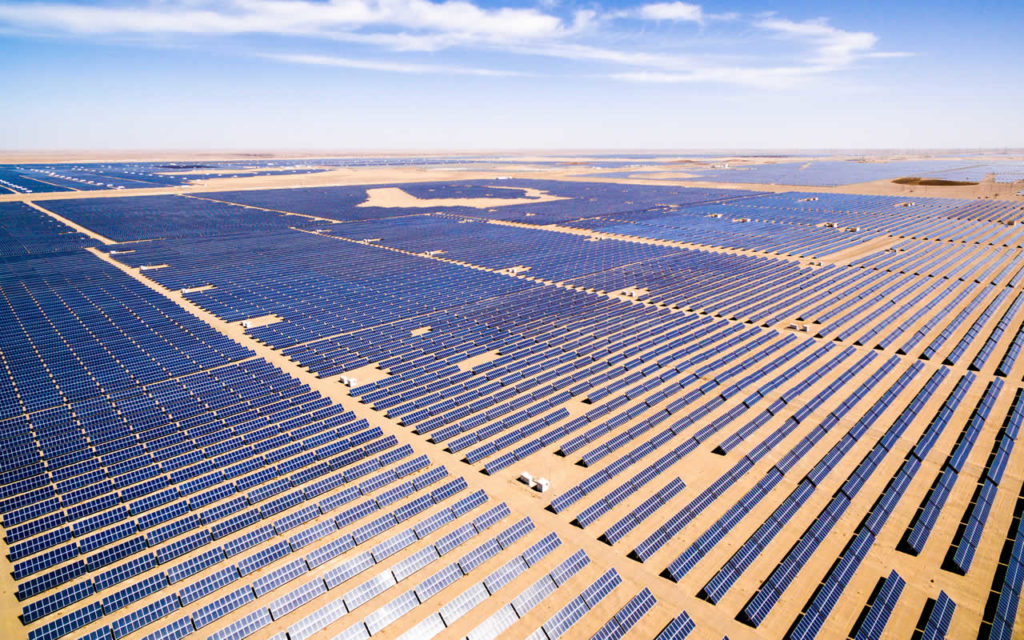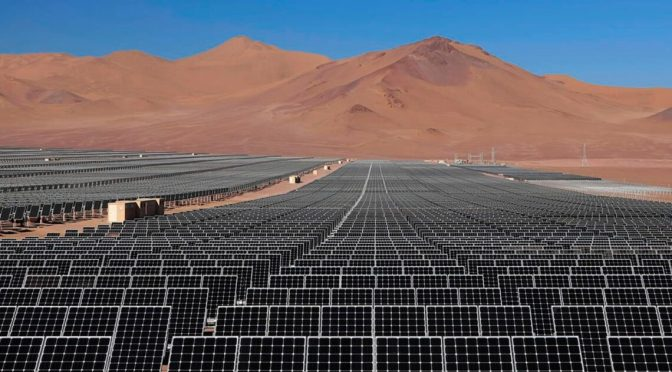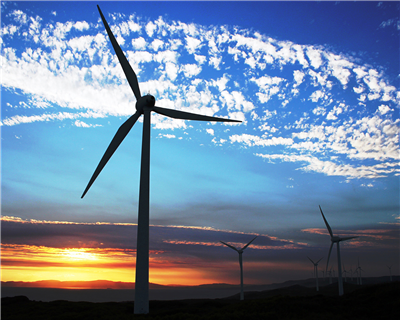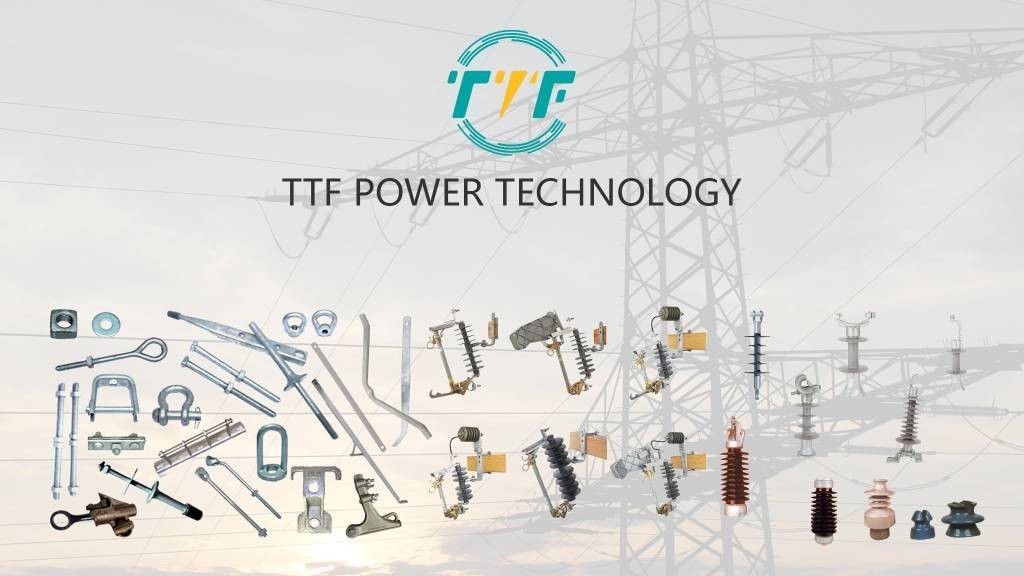- Argentina’s renewable energy taps wind, solar, and lithium to lead in renewable energy and green tech transition..
- Grid issues, policy shifts, and economic risks challenge clean energy expansion.
- Innovative technologies like smart grids, hybrid systems, energy storage systems, advanced wind turbines and solar PVs aid in expanding renewable energy.
Argentina has some of the best natural resources, enough to cover Argentina’s current electricity demand. The country is expanding its renewable energy sector, aiming to diversify its energy mix, reduce greenhouse gas emissions, and promote economic growth. The renewable resources include wind, solar, bioenergy, and small hydro. Argentina’s expansions could help diversify the energy mix and enhance energy security. It aims for renewables to account for over 50% of electricity generation by 2030. These ambitions could help reduce energy demand by at least 8% through efficiency measures and responsible consumption. They also support the development of extra solar and hydrogen projects. Regions like Patagonia and Catamarca enjoy these investments due to their high wind and solar potential.
Despite the progress, most of Argentina still depends on fossil fuels for commercial and industrial use. Fossil fuels still account for a significant part of Argentina’s energy supply. This necessitates continued efforts to shift toward renewables and clean energy. There is also financial and economic instability. This can impact the pace of renewable energy development and the attraction of foreign investment. Argentina should aim to address these barriers for the successful expansion of the renewable energy industry. These resources could position Argentina as a global leader in renewable energy in South America. This article explores the role of renewable energy in the energy sector and technologies driving the transition. It also highlights the challenges and opportunities for expanding Argentina’s renewable energy sector.
The roles of renewable energy in the energy sector
Argentina’s renewable energy plays a crucial role in its energy security and reliability. Renewable energy makes up more than 18% of electricity demand, with targets exceeding 30% by 2030. Incorporating renewable energy into the grid could help enhance its stability and reliability for energy efficiency. There are other projects that feed green lithium, EV supply chains, and regional power grids. This could lead to local and global impacts. Here are the roles of renewable energy in Argentina’s energy sector.

- Diversifying the energy mix—solar, wind, small hydro, and bioenergy are helping to diversify energy sources. This is crucial to stabilize supply and protect the country from fossil fuel price shocks.
- Economic development—Argentina’s renewable energy attracts billions in foreign investment from companies and countries focused on sustainable supply chains. This stimulates growth in support industries from steel and cabling to logistics and tech services.
- Fueling energy access—most of Argentina’s rural and mountainous regions have unreliable or no grid connections. The development of solar mini-grids, wind farms, and hybrid systems is bridging this gap. This is crucial for empowering remote communities and reducing diesel dependency.
- Clean industrial expansion—lithium mining, hydrogen, and electric mobility need clean and reliable energy. Solar and wind power most of these operations to reduce carbon footprint. Industrial zones are being incentivized to adopt renewable power for cleaner production.
- Reducing carbon emissions—renewables are key to Argentina’s pledge to reduce its emissions. The national energy transition plan targets a 50% renewable share by 2030.
Technologies driving Argentina’s clean energy expansion
There are technological innovations at the heart of Argentina’s energy shift towards net-zero energy. These technologies are driving the clean energy revolution, making renewables more efficient, scalable, and grid-ready. Argentina’s renewable energy is leveraging these technologies to meet its 50% renewable electricity target and support its green industrial transition. The following are the technologies driving renewable energy growth in Argentina.

- Advanced wind turbine systems—Argentina has embraced next-generation wind turbine technology to tap the potential. Key technologies include high-capacity turbines, variable-speed generators, blade pitch control systems, and remote monitoring.
- High-efficiency solar PV panels—there is increasing solar installation powered by high-efficiency PV modules and smart inverters. There are innovations including monocrystalline PV cells, bifacial solar panels, tracking systems, and microinverters. For instance, the Cauchari solar park utilizes these technologies to power homes.
- Smart grids and energy storage systems—the country is deploying smart grid infrastructure and exploring battery energy storage systems. Key developments include digital substations, SCADA systems, lithium-ion and flow batteries, and grid-tied storage.
- Biomass and biogas conversion technologies—the agricultural sector produces organic waste used for bioenergy production. Common technologies used include anaerobic digesters, gasification systems, and cogeneration plants.
- Hybrid energy systems and hydrogen—renewables power electrolyzers used for green hydrogen production. Hybrid systems like solar, wind, and storage power off-grid industries and rural electrification in Argentina.
- Lithium-based storage and EV charging networks—the lithium reserves in the country position it as a battery technology hub. It creates a circular advantage for Argentina’s renewable energy storage and electric mobility.
- Digital twin and AI-powered energy management—new renewable projects in Argentina are using digital twin technologies and AI-powered software. They aid in stimulating, optimizing, and managing energy assets. The tech functions in predictive maintenance for turbines and solar arrays, energy forecasting, and optimizing algorithms to reduce curtailment.
Opportunities for renewable energy expansion
Renewable energy expansion in Argentina could drive growth, sustainability, and global competitiveness. The vast wind corridors and high solar radiation zones help the country tap clean energy potential. It could also help reduce the reliance on fossil fuels and carbon-related pressures. Expanding Argentina’s renewable energy provides many strategic, economic, and environmental benefits. Argentina can lead by creating jobs and innovation hubs around clean tech, battery manufacturing, and grid modernization. Discussed below are the opportunities for expanding renewable energy in Argentina.

- Energy demand growth—population growth expands industries like mining, manufacturing, and electric mobility. Renewables can fill the energy gap sustainably, reduce power outages, and lower the need for fossil fuel imports.
- Clean power for mining & lithium processing—solar and wind can power lithium extraction and processing, off-grid operations, and EV battery supply chains. This alignment makes Argentina’s renewable energy attractive to ESG-driven investors and EV manufacturers.
- Green hydrogen production—the wind regions like Patagonia provide a major opportunity to become a green hydrogen hub. The government is backing projects like Rio Negro to produce hydrogen through electrolysis powered by renewables.
- Rural electrification and energy access—remote communities can enjoy solar microgrids, wind-diesel hybrid systems, and battery-backed off-grid power. This enhances social equity, economic participation, and energy independence in hard-to-reach areas.
- Government support and energy transition goals—the national energy transition plan includes a target to exceed 50% renewable energy in power generation. They also support decentralized and community-driven energy projects.
Key challenges facing clean energy expansion
Argentina has potential for clean energy leadership in South America, paving a path to renewable energy expansion. It provides various positive impacts in the renewable energy sector and energy industry. However, it faces various challenges, including economic volatility, outdated infrastructure, and regulatory hurdles. These challenges could slow down the progress toward ambitious energy transition goals. Addressing these challenges could enhance grid modernization, investment incentives, and cross-sector collaboration. Here are the key challenges limiting Argentina’s renewable energy expansion.

- Outdated transmission infrastructure—renewable-rich areas are far from demand centers, which necessitates grid integration. Lack of a modernized and expanded grid may limit their scalability.
- Economic instability—the recurring economic crises, inflation, and capital controls—creates a high-risk environment for foreign and local investors. Creating stable policies could help attract long-term renewable energy investments.
- Local manufacturing and tech constraints—the country has limited capacity to manufacture solar panels. Wind turbine components or batteries locally. This results in heavy dependence on imports and limited local job creation in manufacturing.
- Insufficient energy storage development—energy storage systems are crucial to stabilize the grid with increasing solar and wind projects. The key challenges include high capital costs for large-scale batteries and lack of regulatory frameworks to guide storage integration.
The future ahead
Argentina has the potential to become a leader in renewable energy production in South America. This is due to its world-class natural resources, growing lithium reserves, and expanding clean tech ecosystems. The rise of innovative technologies can help speed up the transition to sustainable energy. These technologies include smart grids, energy storage systems, high-efficiency turbines, and digital management tools. Additionally, Argentina’s growing lithium sector creates new synergies with electric vehicle production and battery storage. Lithium is a crucial component in electric vehicle production, energy storage solutions, and renewable energy expansion. This could position the nation as a critical player in the global clean energy value chain.

However, to capitalize on these opportunities, Argentina’s renewable energy industry must confront a range of structural challenges. These include outdated grid systems, regulatory uncertainty, currency instability, and limited local manufacturing capacity. Addressing these barriers could help Argentina capitalize on renewable opportunities. This may be by creating consistent policies, public-private partnerships, and strong international collaboration. Argentina can power its energy future and become a clean energy exporter and innovation hub for South America. TTF Power supports the expansion of renewable energy in Argentina. We provide high-quality overhead line hardware, transmission hardware, distribution hardware, conductors, insulators, cutout switches, and anchoring and grounding products. TTF is a one-stop shop for utility pole hardware fittings, transmission line accessories, and power line construction equipment. We provide our customers with the most extensive range of products in the industry, excellent value, and knowledgeable service.


